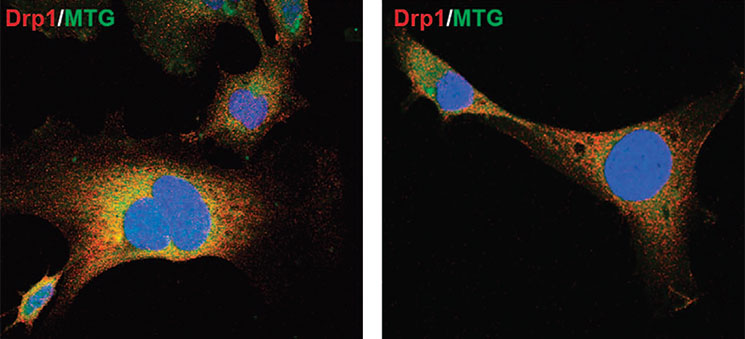Our News
Loss of function mutations in the PINK1 gene cause Parkinson’s disease.

The O’Neill lab with first author Ciara O’Flanagan have discovered a totally new function for PINK1, as a regulator of the cell cycle published in Oncogene (advance online March 31 2014).
The discovery opens up a whole new field of study for understanding the function of PINK1 in cancer, where it was first described, and also in Parkinson’s disease, where major research is prioritizing PINK1 research to discover the cell mechanisms that lead to Parkinson’s to develop better disease diagnostics and treatments.
Ciara’s work was funded by the HRB PhD Scholars’ programme in Cancer Biology.

